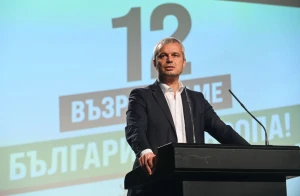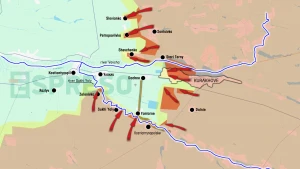
Potential impact of freezing war in Ukraine: Analysis by military expert Kovalenko
Discussions about pausing the Ukraine war have been ongoing for over a year, driven largely by Russian speakers or Western figures linked to Moscow. If such a freeze were to occur, it could significantly alter the landscape
Journalist Oleksandr Kovalenko in collaboration with OBOZ.UA and the "Information Resistance" group, explores the current and potential capabilities of the Russian military industry, considering a three-year hiatus and its implications for Ukraine and beyond.
Understanding Russia's military industry today
Active hostilities in Ukraine compel Russia's military-industrial complex to focus primarily on compensating for losses, limiting its ability to accumulate resources. Tanks and armored combat vehicles (AMCs) are mostly refurbished rather than newly produced, with Russia supplying approximately 100 to 150 tanks monthly for war. The situation is similar for AMCs, which are needed three times more than tanks. The recovery potential for artillery is constrained, and ammunition production is insufficient to accumulate a significant reserve.
Russia's potential in three years
Assuming a three-year war freeze, Russia's military potential would see a notable increase:
- Tanks: A potential rise from 3,600 to 5,400, allowing for the restoration of losses and the formation of new units.
- AMCs: Approximately 3,600-5,400, sufficient to restore combat capability and equip new units.
- Towed artillery: Accumulation rate of 11-12.5 thousand, improving firepower.
- Projectiles: With the ability to amass over 5 million rounds in three years, Russia could sustain daily fire or support a barrage for offensive maneuvers.
- Cruise missiles: An increase in the stockpile of Kh-101/5 55 and Kalibr missile defense systems.
- Kamikaze drones: Russia's efforts to produce Shahed-136 drones may result in a stockpile of at least 9,000 in three years.
It's important to note that logistical challenges, including the physical availability of suitable equipment for restoration, may affect these projections. Nonetheless, these numbers illustrate the potential military capacity Russia could amass in the event of a prolonged pause in the Ukraine conflict.
Revanchism and ongoing threats
In the event of a freeze, the primary threat looms over Ukraine, with the south – Kherson, Mykolaiv, and Odesa – being a likely focus for Russian forces. Moscow aims to block Ukraine's Black Sea access and secure a land corridor to Transnistria, raising concerns for Moldova's safety.
More problems will arise:
- Black Sea control: Russia seeks to regain control over the Black Sea, enhancing its naval presence with strategic implications.
- Moldova's vulnerability: Moldova may face heightened risks, becoming the next target for Russian aggression.
- Regional domino effect: Revanchism could extend to neighboring regions like the South Caucasus, with potential territorial seizures in Georgia and Armenia, echoing risks faced by the Baltic states like Lithuania, Latvia, and Estonia.
Concluding thoughts
Any pause in the conflict allows Russia to regroup, potentially intensifying bloodshed on multiple fronts simultaneously. "Calls for a ceasefire raise questions about whose interests these "heralds of peace" truly serve, as offering Russia a chance to recuperate may be a self-destructive initiative until a more lasting resolution is achieved," Kovalenko concludes.
- News














































